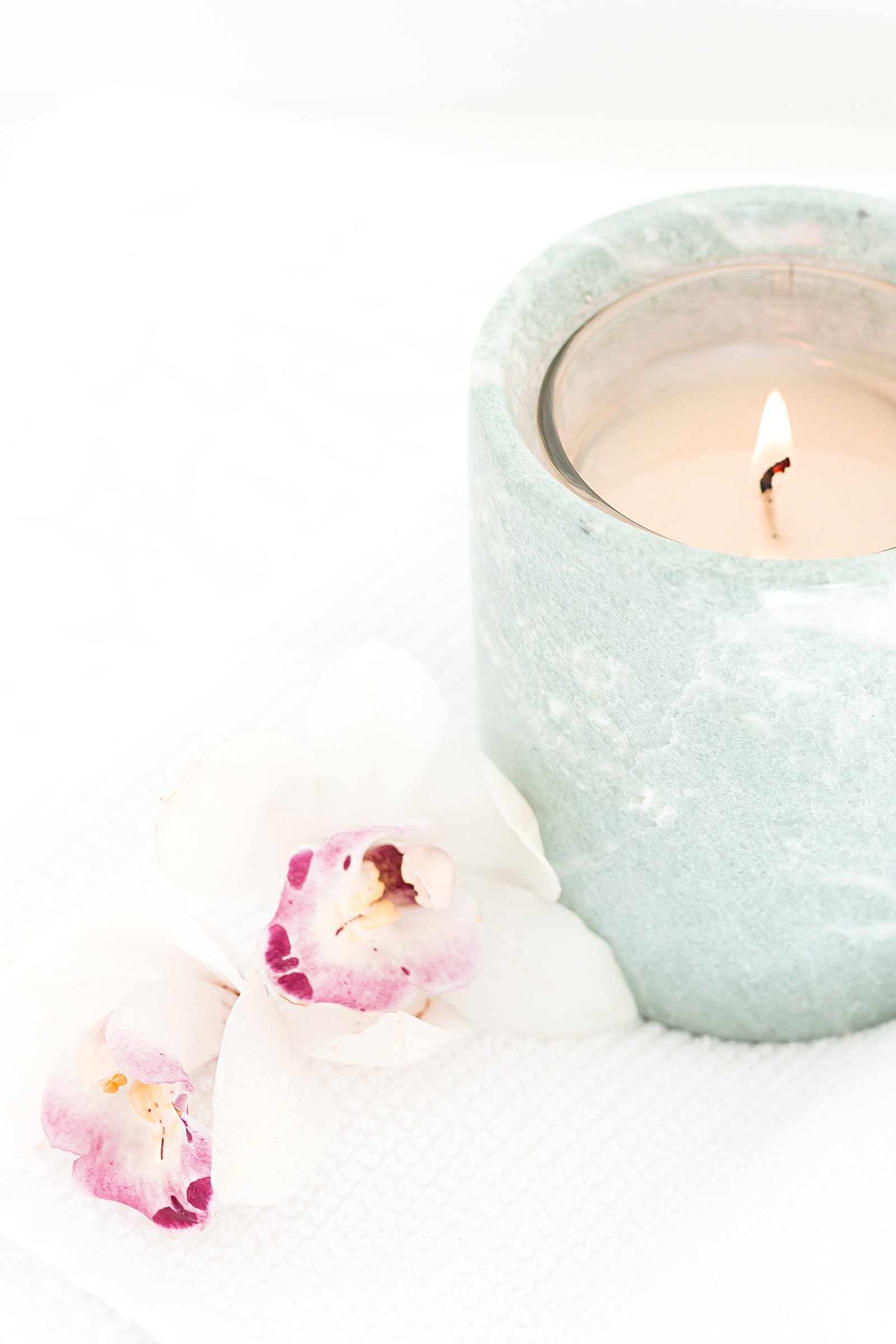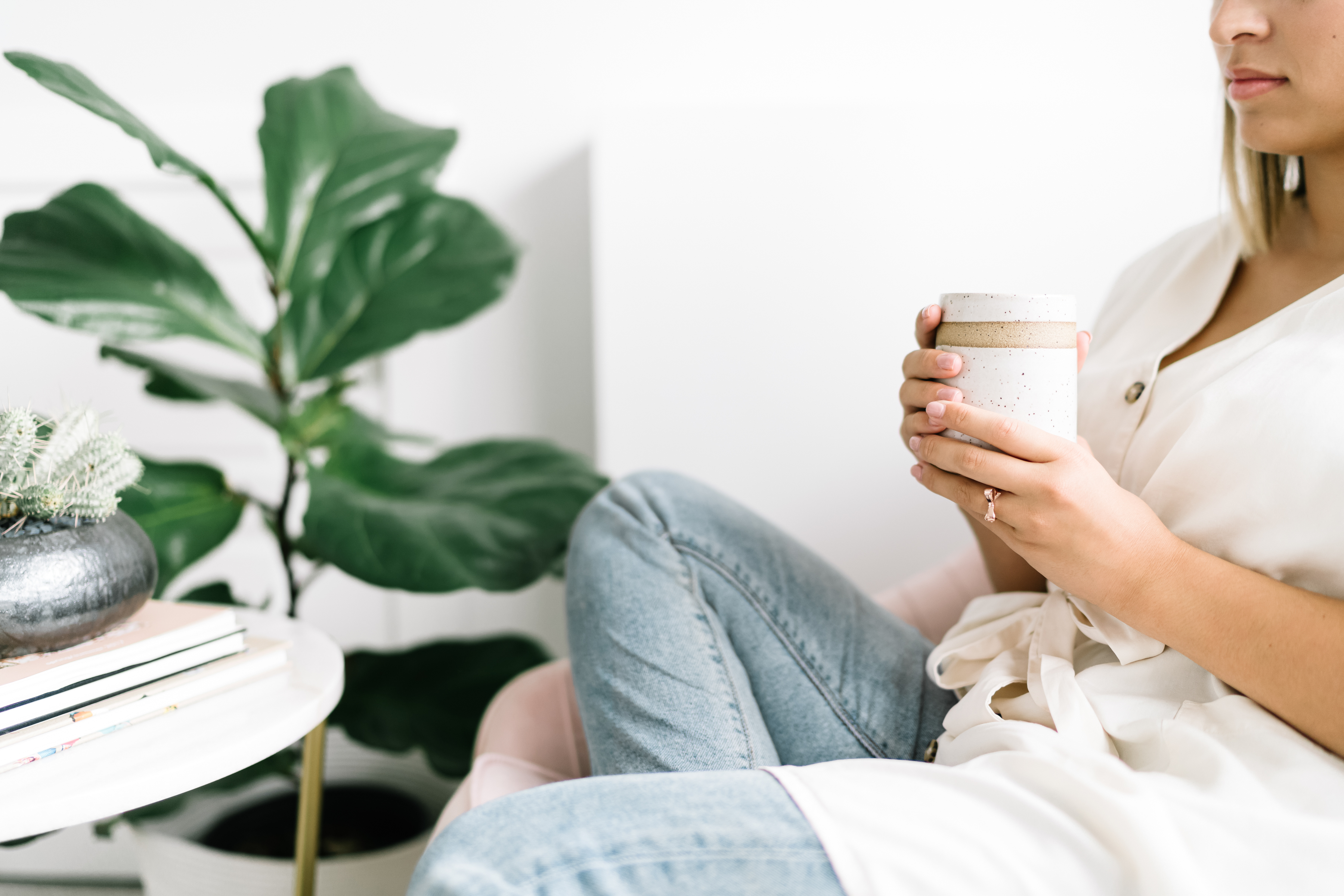It seems everywhere you look these days someone is talking about mindfulness. It’s a very trendy topic in the media right now and I see it everywhere: Instagram, Facebook, TV and on the cover of magazines with catchy captions like 5 Ways To Be More Mindful…
It’s great that it has become so popular, however, there’s not a lot of conversation out there about what mindfulness actually means.
There seems to be a misconception that mindfulness only pertains to the act of meditation and because of this many people feel intimidated to try it or think it’ll take too much time and effort to put into practice.
The truth is that mindfulness is not so much an activity but a way of being that when practiced consistently has the power to change your life for the better.
Mindfulness as I’ve come to know it is far more than just a method of meditation, it’s a way of cultivating presence, awareness and calm in your daily life. It’s been my saviour in difficult times when I’ve felt overwhelmed by racing thoughts, emotions and felt helpless to unrelenting anxiety.
For me, I’m never more calm, clear or confident than when I make my mindfulness practice a priority.
It’s no wonder that it’s become so popular with neuroscientists, physicians and psychologists – even the corporate world is jumping on the mindfulness bandwagon.
Mindfulness has become an invaluable tool when managing our health and wellbeing, especially when it comes to stress. It’s been shown to effectively treat stress by lowering blood pressure, calm the nervous system and regulate our immune system plus so much more.
Simply put, mindfulness is an invaluable skill for our health and wellbeing.
So, how do you start a mindfulness practice?
The first step is to understand what mindfulness means; Mindfulness is the ability to be fully present and aware of what’s taking place, both internally and externally, and to allow the experience to be what it is without becoming consumed or overly reactive or overwhelmed by what’s going on around us.
This practice teaches people how to experience and enjoy life as it’s happening rather than living in the past or future.
Mindfulness for me, comes down to 3 simple principles put into practice:
1. Awareness: Awareness is being conscious of something, observing it. To be aware is to be focused on what’s happening in the present moment, including connecting with your breath and how your body feels in the moment. It’s also about becoming aware of what you’re thinking and what emotions you’re experiencing.
How to practice awareness: You can practice awareness daily simply by beginning to pay attention to your thoughts, feelings, perceptions and reactions. Begin to pay attention to any sensations in your body and connect with your breath in a conscious way.
I’ll often do this while I’m driving or doing the dishes. Take notice, are you holding any tension in your body? What’s your posture like? Are you holding your breath or breathing shallow? What narrative is playing in your mind? Are you speaking kindly to yourself? Are your thoughts running wild, ruminating about something from the past or worrying about the future?
When you find yourself drifting to the past or the future, you can do the following: notice where your attention is and then refocus on what’s happening in the present moment. This can be accomplished by focusing on your senses in the moment. What do you hear, see, smell, taste, and feel? Let your senses be what guides you back to the present moment.
2. Acceptance: After you’ve become aware of the present moment, the next step is to accept or embrace the experience as it is without attempting to change it. Maybe you’ve heard the saying, ‘What we resist persists’? Acceptance is about embracing life in the moment exactly as it is versus resisting or trying to control or deny reality. Let me be clear that I’m not taking about being passive, but rather releasing the facade that we can control the universe!
I’ll give you an example: Say I’m standing at the sink doing the dishes in my kitchen and I become aware that I’m ruminating about something that happened the day before. I notice my heart rate has increased and I feel stressed and angry and my breathing has become shallow.
Applying the principles of mindfulness would be to first becoming aware of how I’m feeling and that I’m upset and then take a moment to observe the situation from an objective perspective and accept what is occurring: “I’m upset because I’m replaying yesterday’s events in my mind even though what’s happened is the past and out of my control.”
Acceptance is to acknowledge what’s happening and realize that I cannot change the past. This principle is important because, in order to experience life in the present moment, we must recognize what’s within our control versus what’s not.
A lot of people spend a lot of time dwelling on people, places, and things that are outside their control, as well as worrying about what’s to come. All this does is interfere with our ability to be present.
How to practice acceptance: You can practice acceptance by recognizing when you’re trying to control someone or something outside of you and surrendering to what’s beyond your control. As you do this, you’ll notice you’ll begin to feel better.
As humans, we like to be in control. We all know we can’t change something once it has been done, nor can we predict how something will be, but we always have the power to choose how we respond and how we show up in the moment. Which leads us to our next principle…
3. Responding vs Reacting:
When something happens in our lives we have a choice; we can react, or we can respond. Reacting is an immediate response that isn’t mindfully thought through. For example, someone does something to offend you and you immediately shoot back at them with an insult out of anger; that’s reacting.
Responding is different; it’s taking a moment – maybe even removing yourself from the situation – to become aware of how you’re feeling, accept the situation and then respond to it in a more meaningful or thoughtful way.
How to practice responding: You can begin practicing this principle next time you find yourself in an upsetting situation. First become aware of how you’re feeling in your body, the emotions that you’re feeling etc. Then recognize what is and isn’t within your control, accepting what isn’t and realize that what is within your control is your own behaviour, perception and how you respond to any given situation.
Taking a mindful moment to apply these principles is a great start to practicing mindfulness on a daily basis. Mindfulness is a way of living life more consciously and when practiced regularly you’ll be surprised by how grounded and calm life becomes.
So now it’s quiz time! How mindful are you? Curious? Take this short quiz and see.
And as always I’d love to hear your thoughts in the comments below.
xo, M




